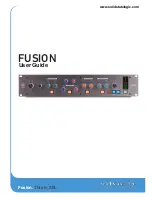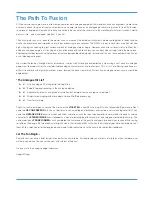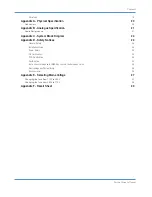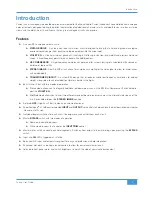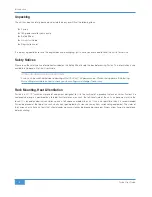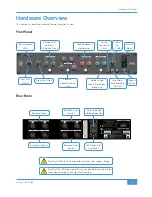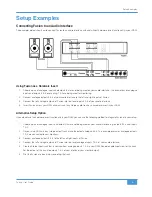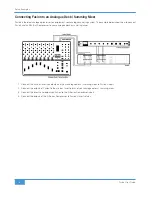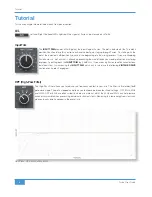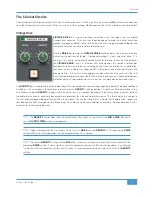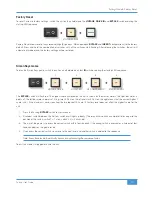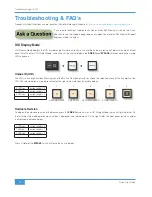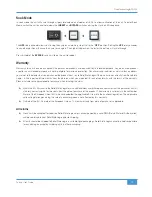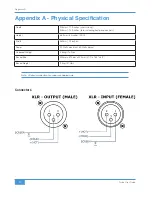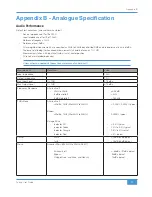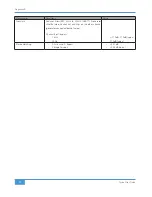
Fusion User Guide
Tutorial
9
The 5 Colour Circuits
The descriptions that follow cover each of Fusion’s 5 colouration circuits. Each circuit has an associated
IN
switch which allows you
to switch that particular circuit in or out. When a circuit is on it turns orange. When bypassed, the switch is backlit a soft white colour.
Vintage Drive
VINTAGE DRIVE
is a unique, non-linear saturation circuit that gives your mix added
strength and cohesion. This circuit has been designed to bring the kind of cherished
‘gradual analogue overload’ sound that the best kind of vintage analogue outboard and
consoles offer when you drive level into the sweet spot.
Use the
DRIVE
pot to work the
VINTAGE DRIVE
section harder. You increase the drive
by moving the pot from left to right - front-panel marking 1 is least amount of drive, 11 is
the most. This control automatically compensates for the level increase at the output of
the
VINTAGE DRIVE
circuit. A tri-colour LED accompanies this section and provides
feedback as to how hard the circuit is being driven. If you are looking for a subtle effect
that works across a whole mix, keep the LED in the green zone (occasional flickers into
orange are fine). If you want a more aggressive colour, then drive the circuit until the LED
starts showing orange more consistently. When in the red zone you will notice quite obvious
distortion which isn't desirable across a mix bus but can work well on individual stems.
The
DENSITY
pot is used to fine tune the type of effect the circuit produces. Lower settings (generally below 3) produce additional
harmonics with an emphasis towards even-order harmonics.
DENSITY
settings between 2 and 3 can help add richness to a
mix. Medium to higher
DENSITY
settings from 3 onwards, result in a gradual lowering of the overall harmonic content but with
the odd-order harmonics eventually becoming more prominent than the even-order harmonics. The third harmonic is related to
the saturation/analogue clipping effect that this circuit imparts. This can be thought of as a kind of ‘soft-compression’ - peaks are
rounded and the RMS (average) level is brought up. This helps you gain some additional ‘loudness’. Settings between 3 and 7
work well for thickening whole mixes.
TIP 1: The
DENSITY
control does raise the overall level of the signal, as you move it from
MIN
to
MAX
. Be sure to
use the
OUTPUT TRIM
control to compensate.
TIP 2: A good starting point for the controls of this circuit is
DRIVE
at 5 and
DENSITY
at 5. However, the
DRIVE
setting will be very much dependent on how loud/quiet your mix is already.
TIP 3: The lowest
DENSITY
setting marked
MIN
offers a dynamic ‘expansion’ effect when driven hard with the
preceding
DRIVE
control. It works well to accentuate individual stem sounds that are already dense - e.g. bringing
the pluck out of a distorted bass guitar. For full mixes, it is recommended to go no lower than 2 with the
DENSITY
setting.
Содержание Fusion
Страница 1: ...Fusion This is SSL FUSION User Guide www solidstatelogic com ...
Страница 28: ...23 Fusion User Guide Appendix C Appendix C System Block Diagram ...
Страница 34: ...29 Fusion User Guide Appendix F Appendix F Recall Sheet ...
Страница 35: ...Fusion This is SSL www solidstatelogic com ...

